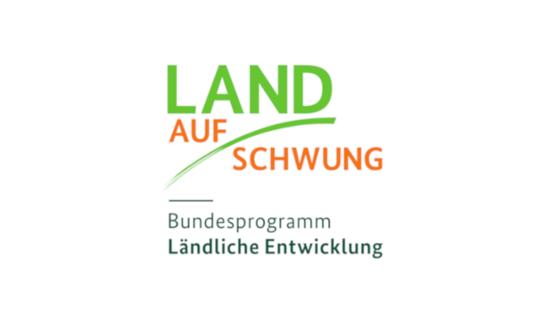Objectives and priorities of rural development 2014 – 2022
The integration of EAFRD into a common strategic framework with other European structural and investment funds is documented in an extensive partnership agreement between the European Commission and Germany.
The European Agricultural Fund for Rural Development (EAFRD)
The main support instrument in implementing the EU priority areas for the development of rural areas is the European Agricultural Fund for Rural Development (EAFRD).
The priorities of rural development support – the second pillar of the CAP – are long-term strategic goals: making the agricultural sector highly competitive, providing for the secure sustainable management of natural resources and bolstering economic strength in rural regions.
The focus, on the one hand, is on the agricultural sector taking voluntary agri-environment-climate measures. For instance, Member States are required to use at least 30 percent of the EU support funds allocated to them under the second pillar in the 2014–2020 funding period for organic farming or for supporting areas facing natural constraints. A second important area is the strengthening of agricultural enterprises via investment in agriculture and also in tourism, countryside stewardship and farm shops. The third area supports local village-development projects in order to make rural areas attractive with good infrastructure and to provide villages with good future prospects. Fourthly, regional networking of rural development measures – the LEADER approach – plays a very important role for the implementation of the above goals.
Nearly 1.9 billion euros of EAFRD funds are available for Germany in 2022 (including the resources from the recovery fund and from reallocation). These funds are underpinned by national funds from the Federal Government, the Länder and the municipalities. The networking of rural development activities in Germany is conducted at Federal Government level by the Deutsche Vernetzungsstelle Ländliche Räume (dvs).
The integration of EAFRD into a common strategic framework with other European structural and investment funds is documented in an extensive partnership agreement between the European Commission and Germany. This agreement was formally adopted by the European Commission on 22 May 2014. In line with the goals of the “Europe 2020” strategy, the partnership agreement describes ways and means of using the individual European structural and investment funds in the 2014-2020 funding period to achieve the goals of more growth, employment and sustainability in Germany – for rural regions as well.
The EU has laid down six priority areas for rural development to implement these goals:
- supporting knowledge transfer and innovation in agriculture, the forestry sector and rural areas;
- improving the viability of agricultural holdings and the competitiveness of all types of agricultural activity, and supporting innovative management methods and sustainable forestry;
- supporting the organisation of the food chain, the animal welfare system and the risk management system in the agricultural sector;
- restoring, preserving and improving the ecosystems connected with agriculture and the forestry sector;
- promoting resource efficiency and supporting the agricultural, food and forestry sectors in their transition to a low-carbon and climate-resilient economy; and
- supporting social inclusion, poverty eradication and economic development in rural areas.
The EU member states must base their rural development support programmes on at least four of these six EU priority areas.
Monitoring and evaluating the EAFRD programmes in the 2014 – 2022 funding period
Together with the member states, the European Commission has developed a joint monitoring and evaluation system for the 2014 to 2020 financial planning period. This system is intended to show the implementation and progress of rural development policy and to evaluate the impact, effectiveness, efficiency and appropriateness of the interventions under this policy. The monitoring and evaluation system includes a package of common indicators for the baseline as well as for financial management, output, results and impact of the programme.







